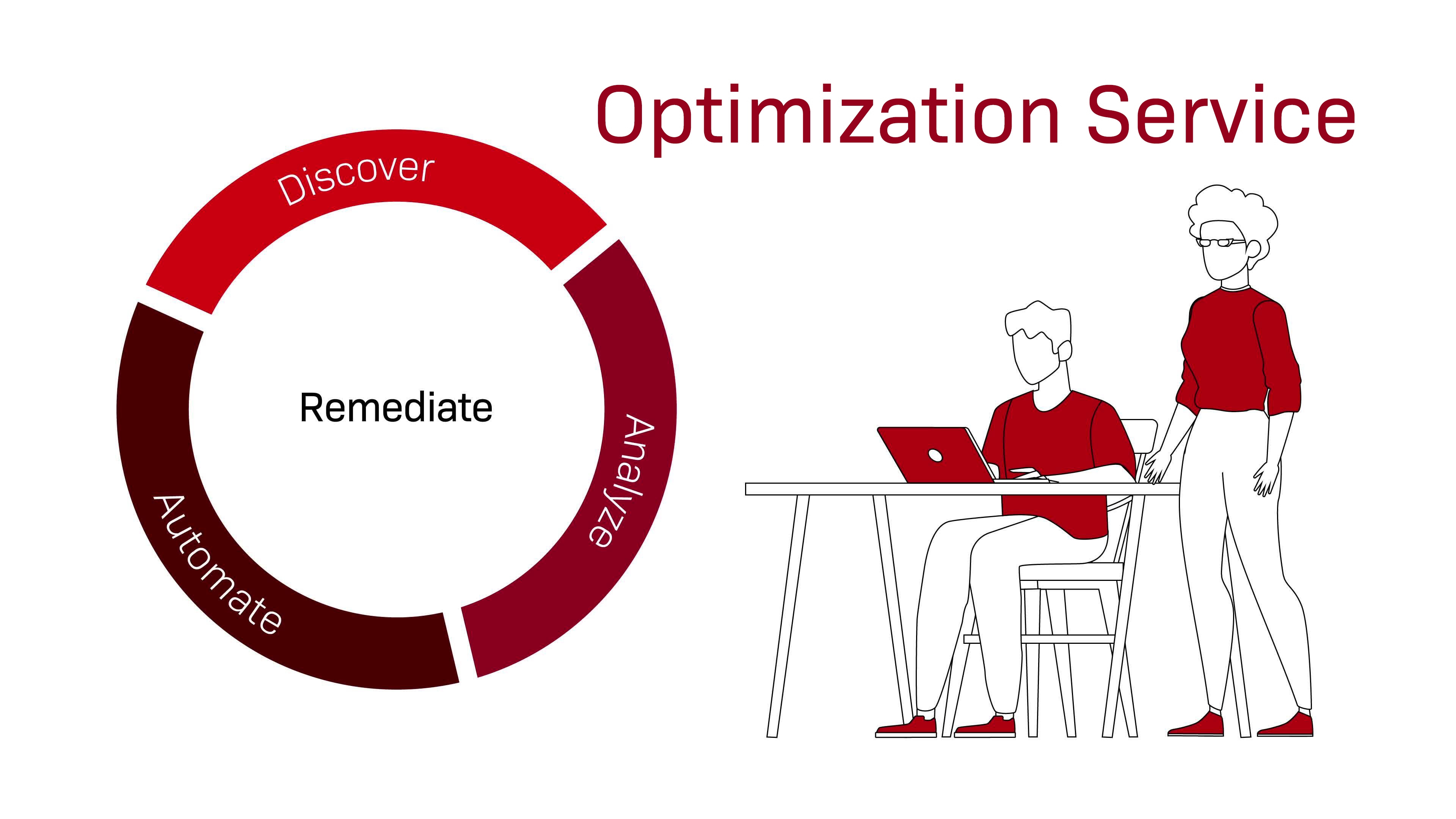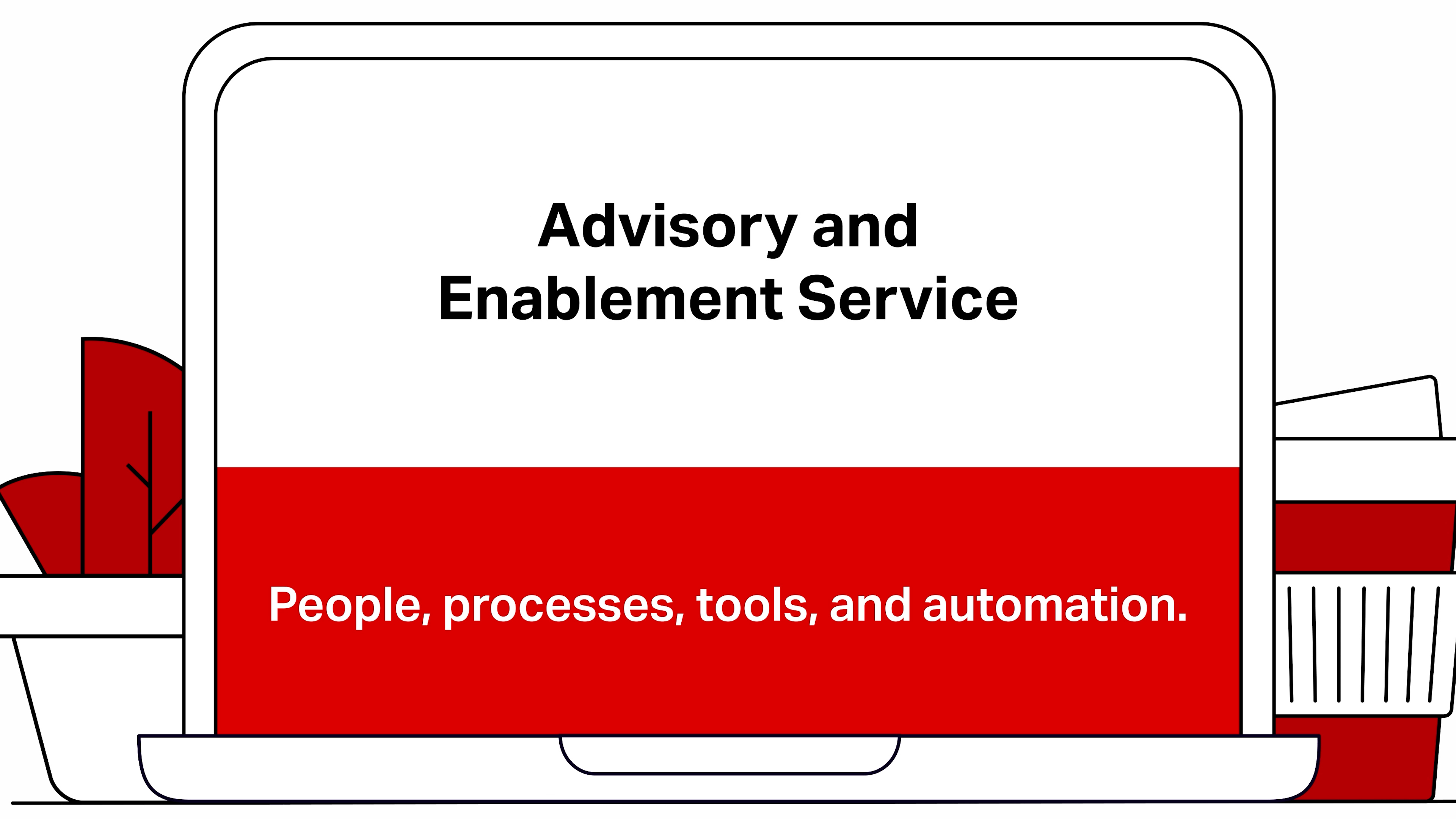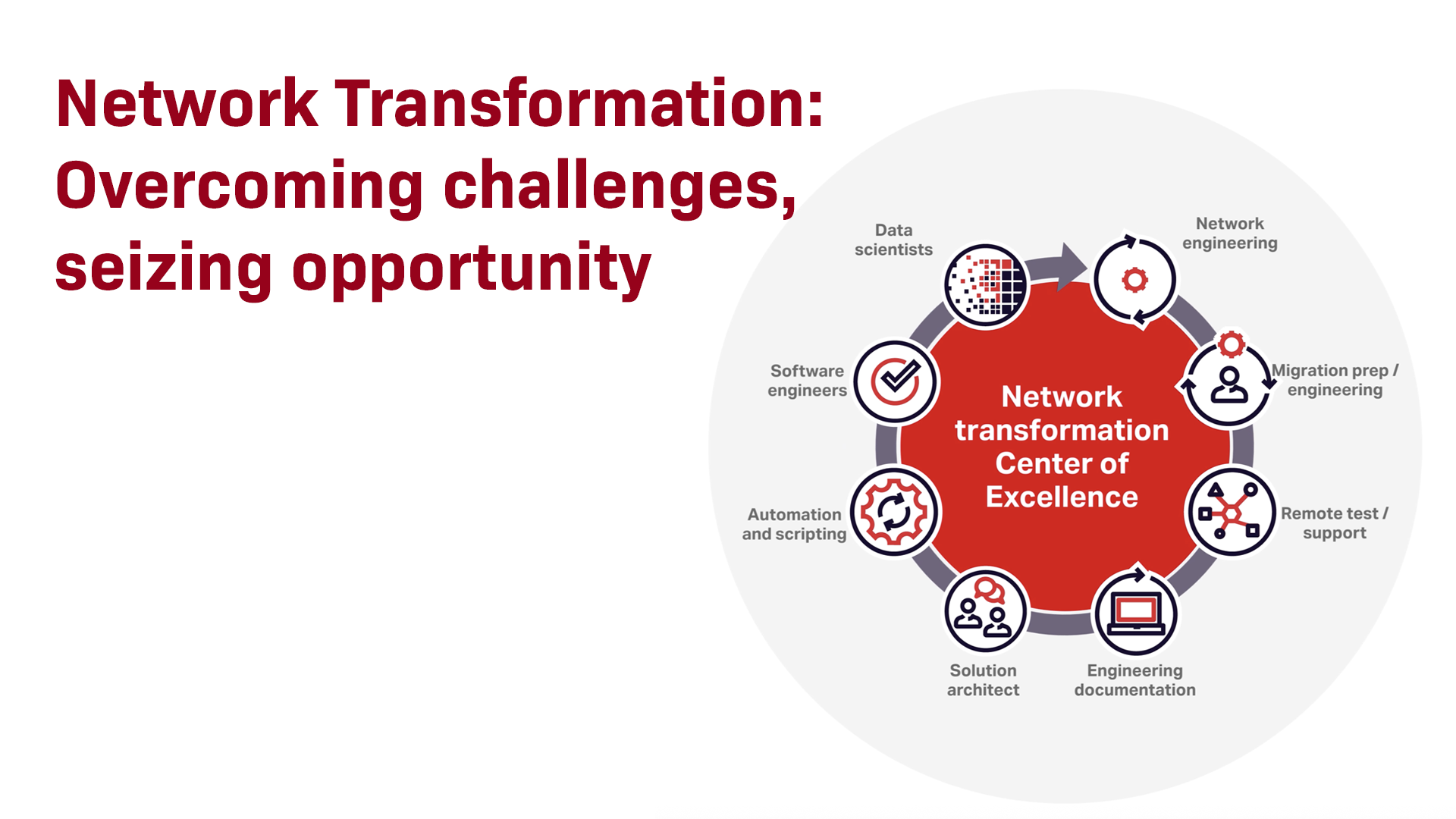Why services are key to enabling open, scalable and automated networks
 Chris Antlitz is a principal analyst in TBR’s Telecom Practice. Chris oversees and contributes to the Telecom Practice’s syndicated research portfolio and custom project work. He leverages over 14 years of analytical experience to lead the Telecom Practice’s research agenda as well as provide critical insight and analysis to syndicated and project work.
Chris Antlitz is a principal analyst in TBR’s Telecom Practice. Chris oversees and contributes to the Telecom Practice’s syndicated research portfolio and custom project work. He leverages over 14 years of analytical experience to lead the Telecom Practice’s research agenda as well as provide critical insight and analysis to syndicated and project work.
Chris covers the global telecom vendor and operator ecosystem and all major trends in the space including, but not limited to, developments in NFV, SDN, edge computing, digital transformation, IoT, private cellular networks, and 5G. He also covers the hyperscaler market, particularly the pursuits of the Big Nine hyperscaler companies (i.e., Alphabet, Amazon, Apple, Meta, Microsoft, Rakuten, Alibaba, Baidu, and Tencent) in the digital space.
This is the sixth post in a blog series. See Chris’ other posts on transformed optical infrastructure, crossing the chasm from legacy to modern networks, time-division multiplexing (TDM) migration, navigating vendor equipment swaps, and 6 attributes to look for when selecting a transformation partner.
Communication service providers (CSPs) are migrating to a new network architecture as part of their evolution to 5G and broader digital transformations. The scope of this new architecture includes every network domain, from core to edge to access, all of which are connected by the transport layer.
Additionally, this modern network architecture supports new technologies and concepts such as openness, analytics-automation, and end-to-end network slicing across wireless and wireline networks. This brings significant complexity and opportunity that CSPs must contend with along their 5G journey.
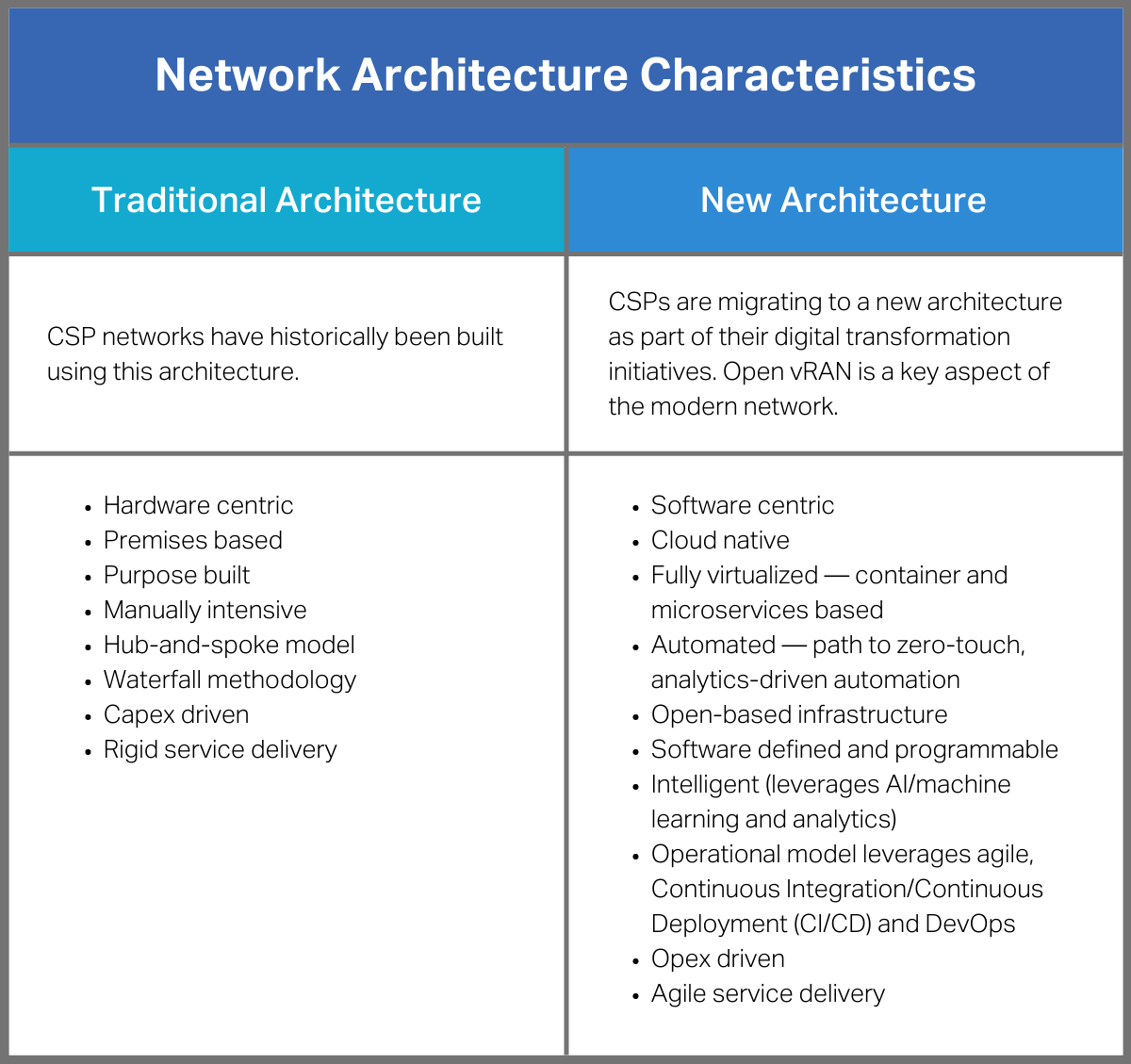
The network domain undergoing the most change and facing the most complexity is the RAN (radio access network), which is shifting from closed, proprietary systems to open, virtualized, automated, and adaptable systems. Open vRAN is the end-state goal for the RAN domain that embodies the open, scalable, and automated network attributes CSPs are looking for to realize the full promise of 5G.
Open vRAN requires fronthaul and enhancements in the backhaul and midhaul layers of the transport network to support the disaggregation of workloads (e.g., virtualized baseband unit [vBBU] functions) across the virtual central unit (vCU), virtualized distributed unit (vDU) and remote radio unit (RRU) to best realize the cost savings and other benefits inherent in the use of this architecture.
Greater automation between the RAN and xHaul domains (and around how these domains connect to the core) is also of critical importance, especially when network slicing is considered because end-to-end network slicing requires automation of the virtual and physical aspects of the network across the wireless and wireline domains. Because of these complex interdependencies between domains and the requirements placed on the network to achieve these outcomes, CSPs require enhancements to existing infrastructure and, typically, net-new infrastructure deployed into their networks.
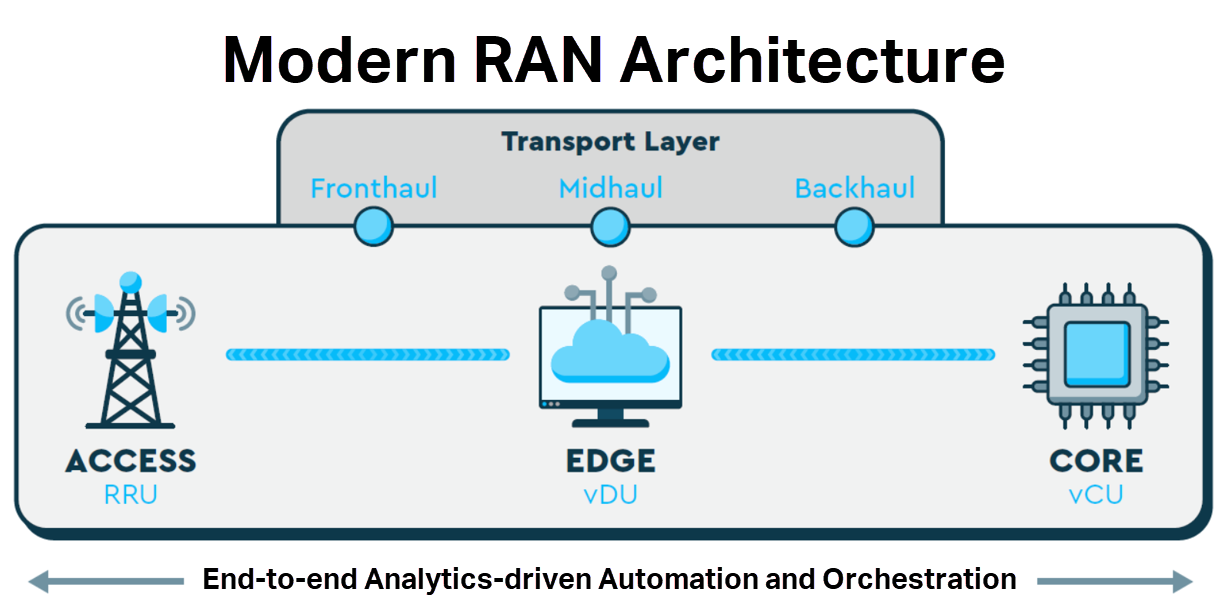
One critical way vendors are addressing this market need is by providing xHaul solutions that can flexibly and dynamically support requirements in the transport layer at optimal cost. But having products alone is not enough. Due to the complexity involved with implementing the new architecture, CSPs, in most cases, desire solutions from vendors that include products and services. Additionally, there is a preference for working with partners that can provide open, end-to-end solutions that address all or most of CSPs’ needs yet still allow for the integration of technologies and products from different vendors.
The services required for these solution implementations span network planning, radio frequency (RF) planning and engineering, and integration and testing. Each of these services is critical to ensuring desired outcomes, such as end-to-end quality of service (QoS), are realized.
Unfortunately, most vendors do not have the necessary services expertise and product offerings to address the full scope of network transformation. Rather, vendors typically provide services expertise and product offerings in niche areas.
Ciena is one of the few vendors providing converged 4G/5G xHaul transport, analytics-driven network automation controllers and platforms, and professional services solutions optimized to help CSPs, mobile network operators (MNOs), and wholesalers alike accelerate their journeys toward open, scalable, and automated networks. The company’s leading xHaul router portfolio, coupled with its Manage, Control, and Plan (MCP) domain controller, Blue Planet automation software, and full suite of professional services, can flexibly meet the needs of CSPs that are pursuing network transformation.
Crossing the chasm from traditional, closed networks to fully open, scalable, and automated networks doesn’t have to be daunting.





